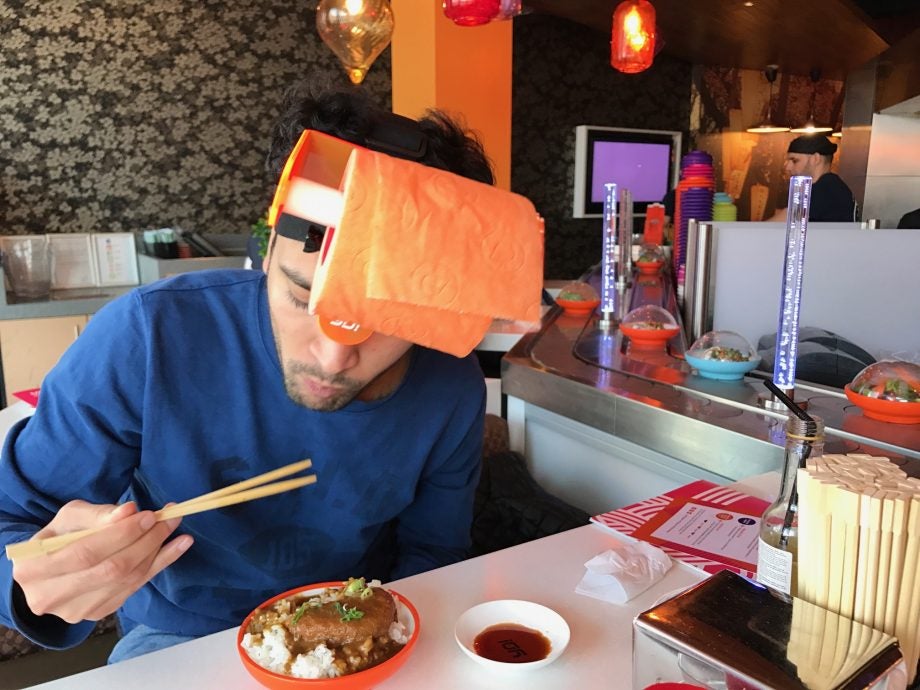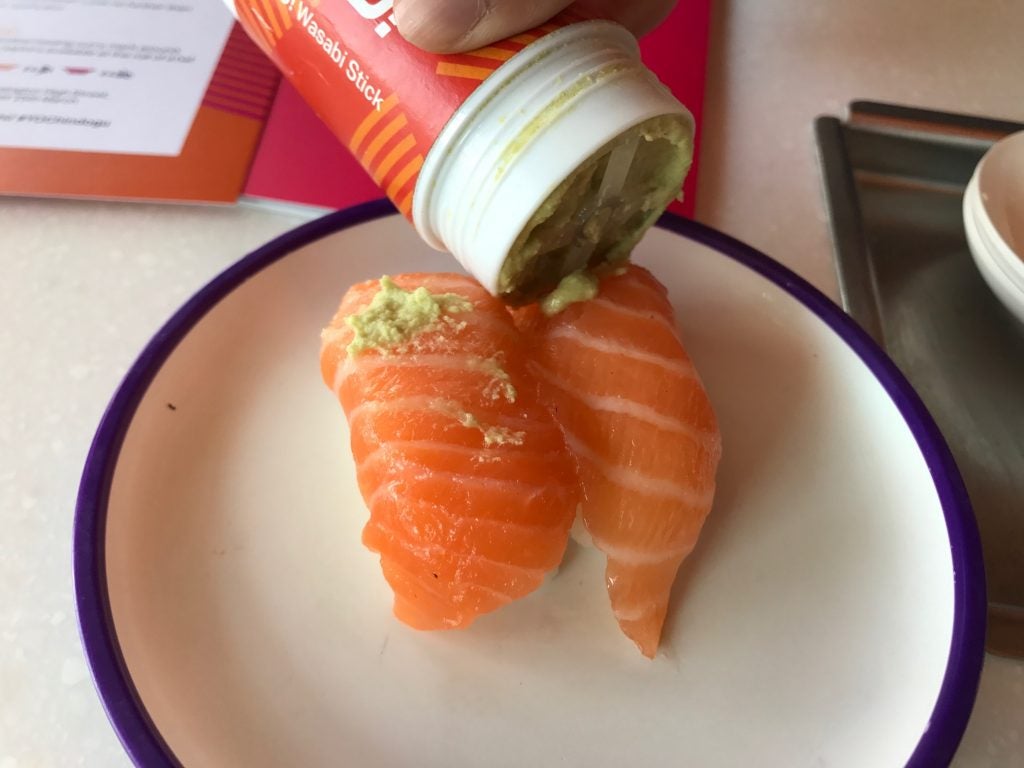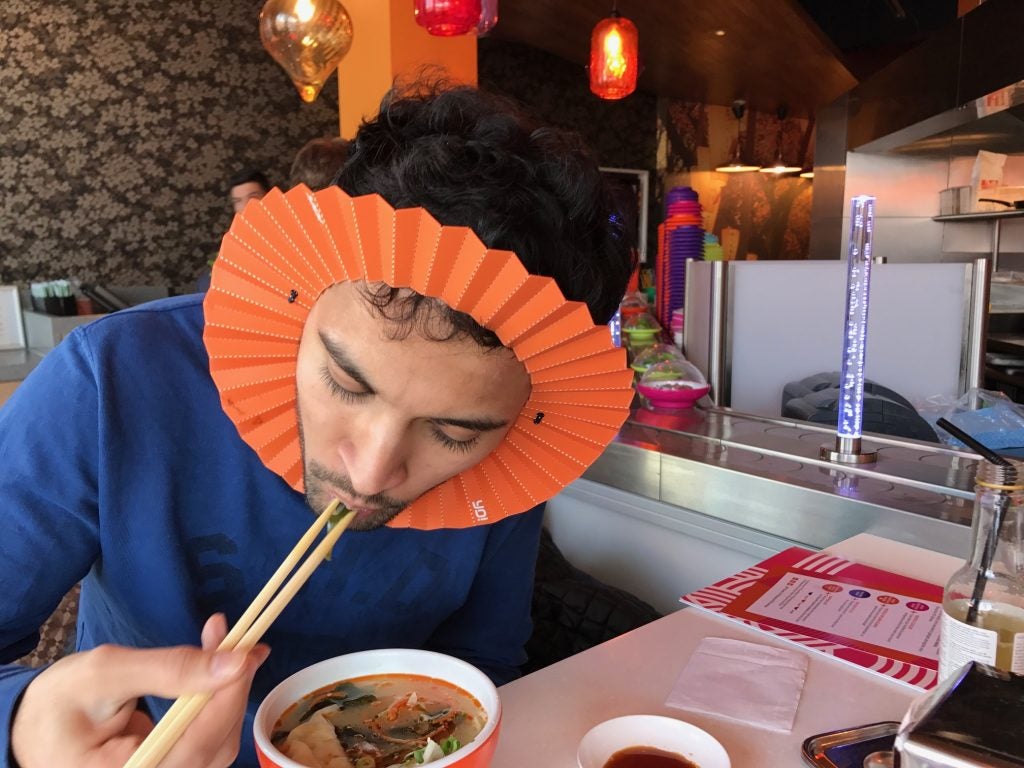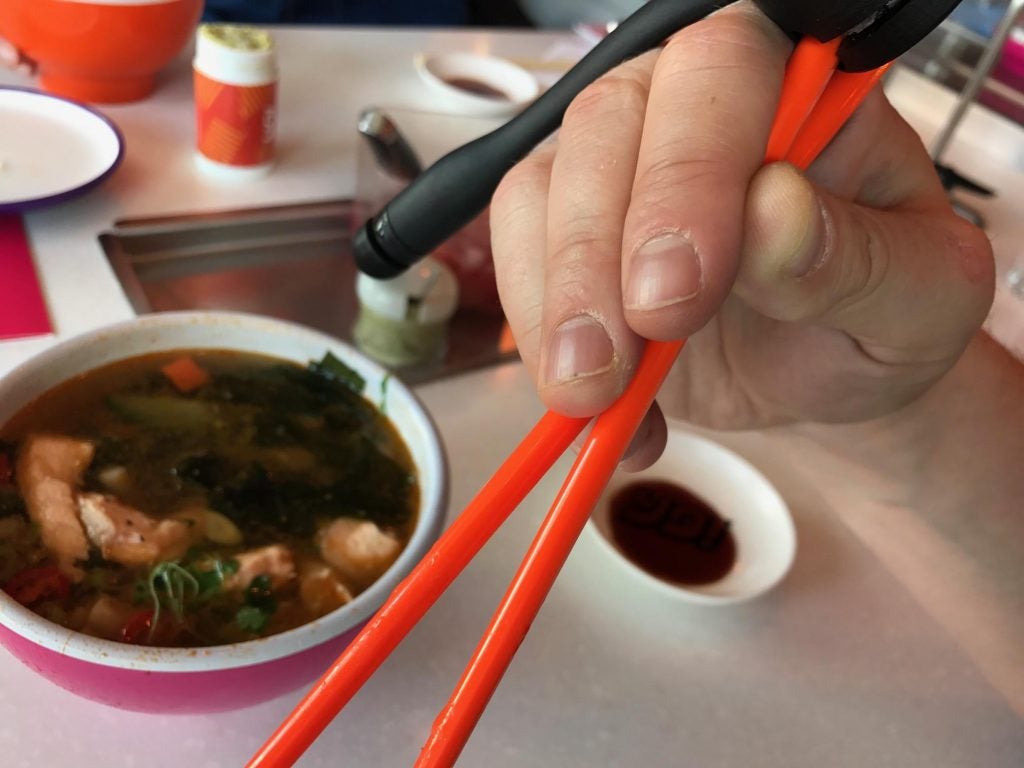Chindogu: A bite-sized guide to the world of useless Japanese inventions

What are Chindogu inventions? Japan’s craze for useless gadgets explained
In these darkest of dark hours, we all need a bit of escapism, and what better way to ignore the real world than by trying out some absolutely useless Chindogu gadgets? We get our teeth, quite literally, around the seemingly bizarre Japanese fad.
Chindogu is Japanese for “unusual” (chin) and “tool” (dogu). The phrase was the brainchild of Japanese inventor and Mail Order Life editor Kenji Kawakami, and began to gain notoriety in the English-speaking world following the publication of 101 Unuseless Inventions: The Art of Chindogu in 1995 – a collaboration between Kawakami and Tokyo Journal writer Dan Papia.
The idea behind Chindogu is simple: it’s all about devising seemingly ingenious solutions to everyday problems that are, in fact, completely and utterly useless. Think ‘duster slippers’ for cats so that Puss can help you with the housework, or the ‘Train Nap Cap’ – a hat that stops you from falling asleep on other commuters’ shoulders.
Perhaps the most infamous Chindogu example is the selfie stick. This particular curse of the modern world featured in 101 Unuseless Inventions all those years ago, before actually becoming a thing around 2014.
But enough history.
To really appreciate Chindogu, you have to experience it for yourself, so we visited one of the YO! Sushi branches featuring – for one week only – a special Chindogu menu, to see what wearing bog roll on your head actually feels like.
First up was the wasabi stick. Designed to ape the form and function of a glue stick, the idea is that you’re able to more precisely and evenly apply the popular Japanese condiment to your sushi. Sounds genius but, in true Chindogu fashion, it doesn’t actually work that well – no better than the more traditional spoon, in fact.

Next, a noodle splatter guard. This one had us really excited, as we’ve ruined too many white shirts slurping down ramen over the years. And actually, it more or less did the trick, though the combination of a napkin and borderline sobriety remains equally effectively. You won’t get the added benefit of looking like a flower, though; which is to say, meet Trusted Reviews’ new Deputy News and Features Editor, Aatif.

Sticking with all things soupy, we then demoed the noodle cooler. It’s a little fan – think one of the £1.99 jobs sold in summer at your local corner shop – that attaches to your chopsticks and, when turned on, cools your noodles (funnily enough).
We couldn’t tell if ours cooled down naturally while trying to figure out how the hell this worked, or if it was the work of the doohickey, but rest assured – this is 100% certified useless. It was also the technological apex of our Chindogu experience, as the fan was USB chargeable!

Finally, the aforementioned bog roll-on-your-head contraption. This was the easiest to figure out and served a clear purpose, given how taxing it is to reach down for a napkin during a meal. We’d absolutely buy one, but only to take to the stag of one of our enemies (or an ex’s hen).

Thus concluded our rapid-fire education in Chindogu. We can’t honestly say any of the ‘inventions’ we tried are likely to achieve selfie stick status in 20 years time, but the hour we spent absorbing all things useless offered a welcome respite from our data privacy woes – and an infinitely more entertaining way of dealing with the world than mindfulness apps.
The special Chindogu menu is only available at select branches of YO! Sushi – its Southbank and High Street Kensington branches in London, and Newcastle Grainger Street – until Sunday March 25, should you find yourself hungry, curious, and nearby.
Related: Dragon Ball Legends
Share your favourite Chindogu invention by tweeting us @TrustedReviews.

